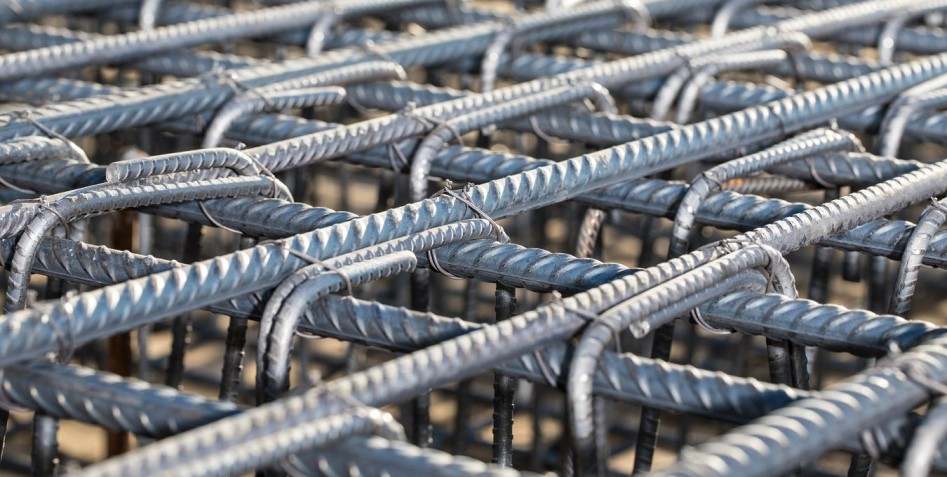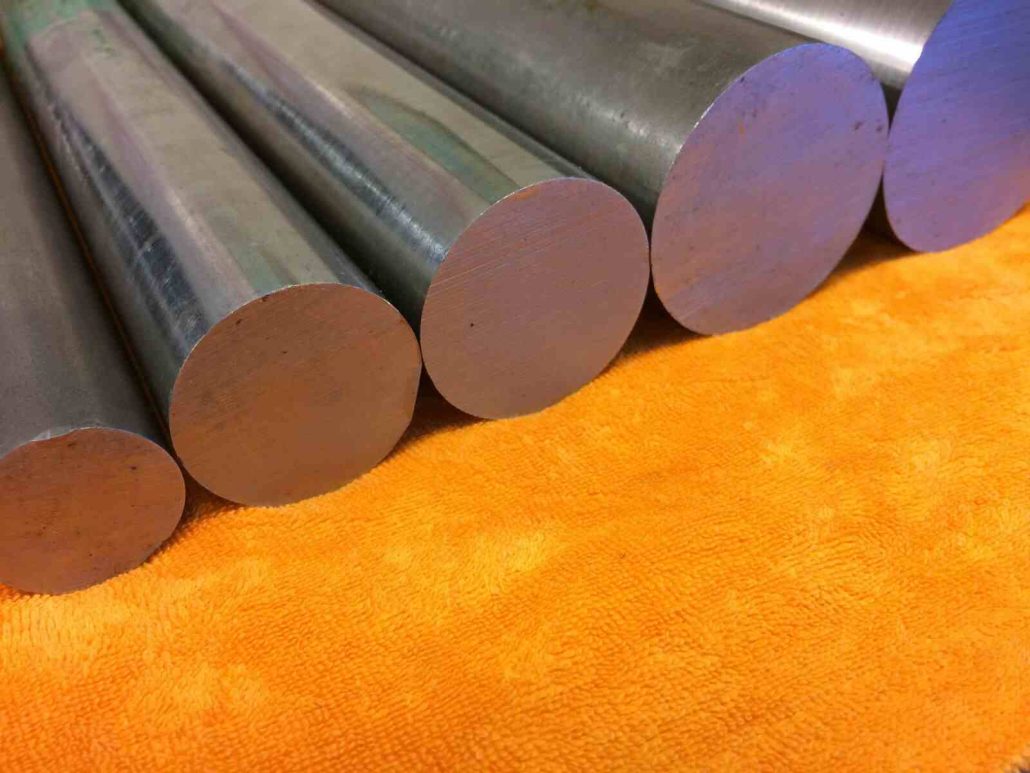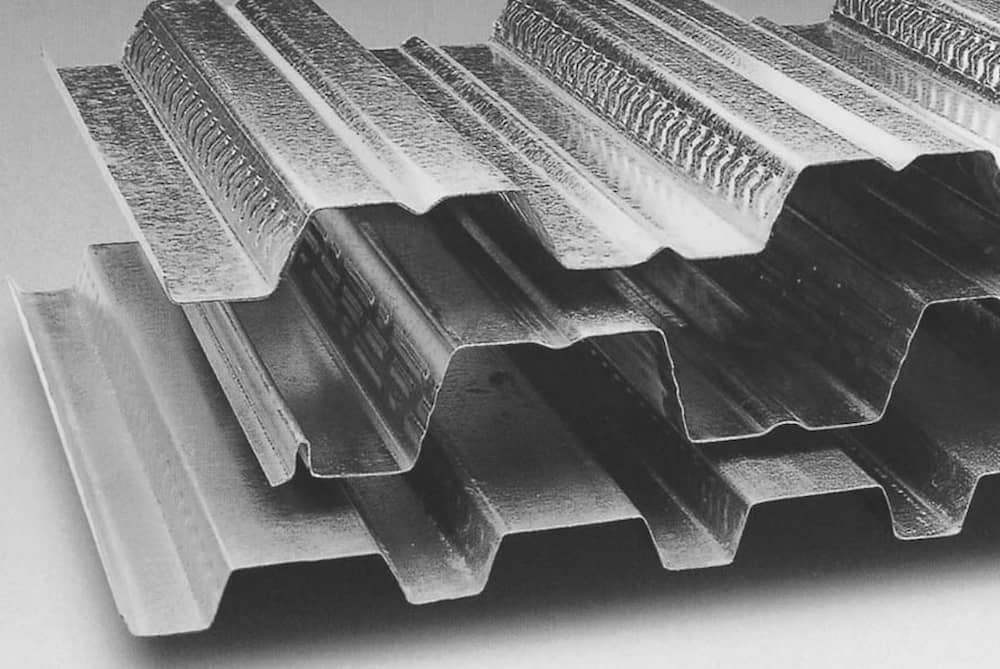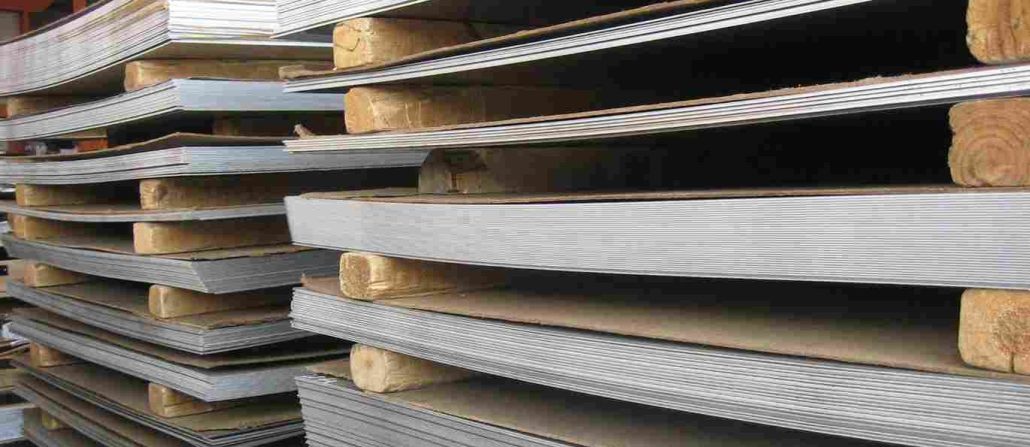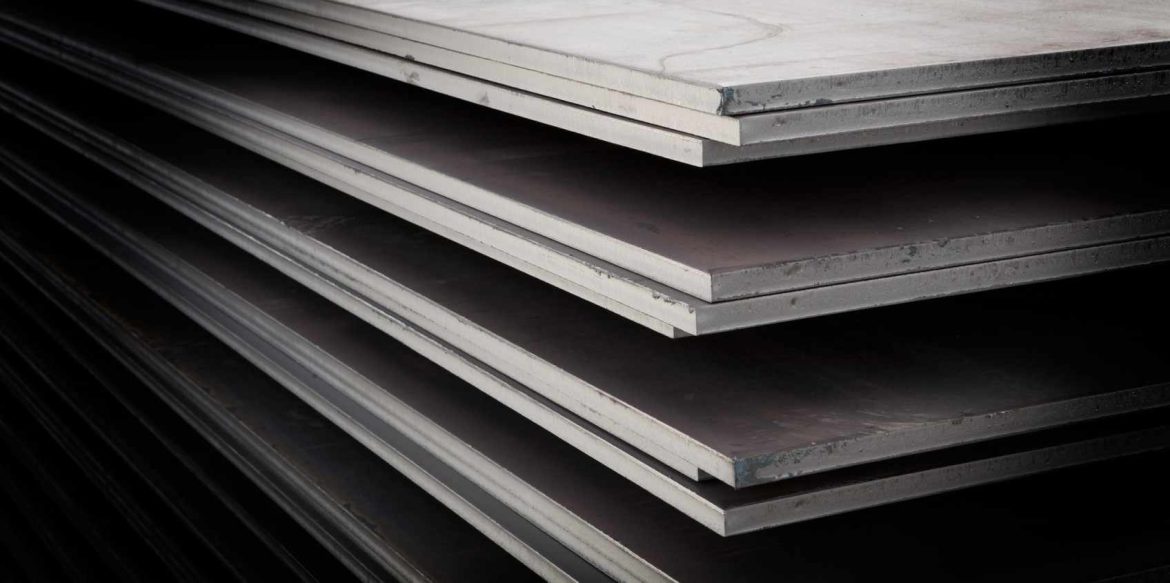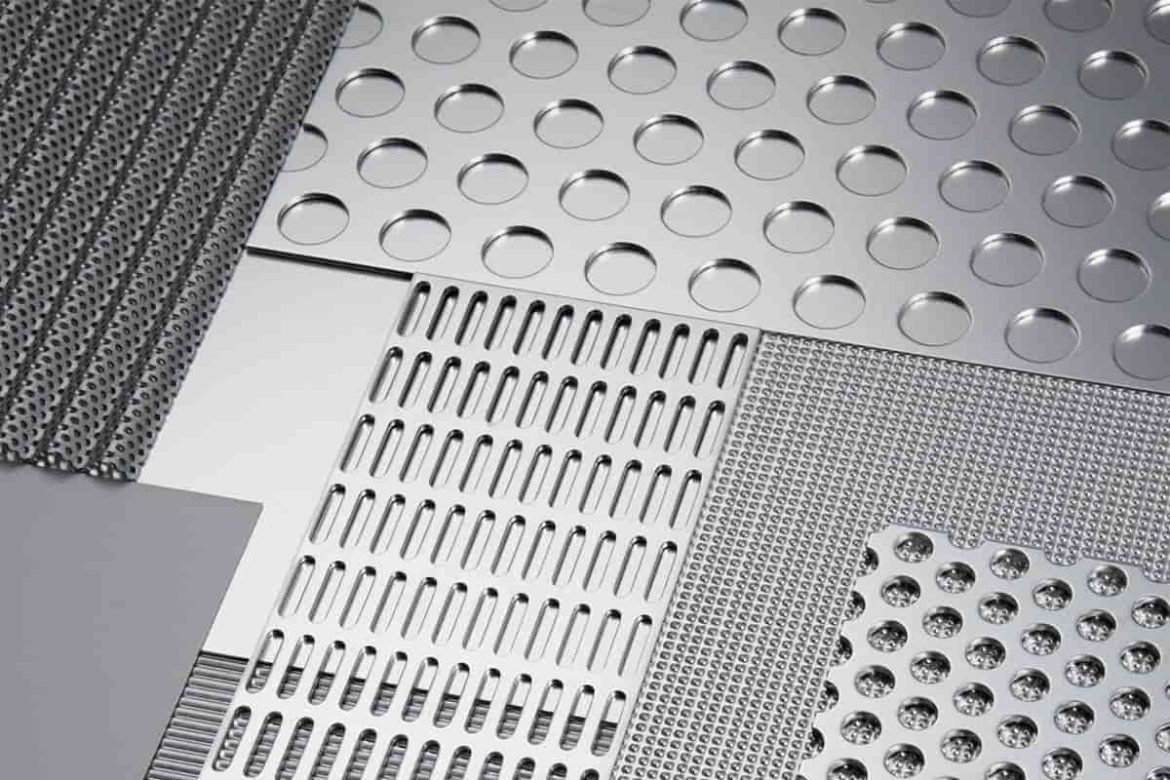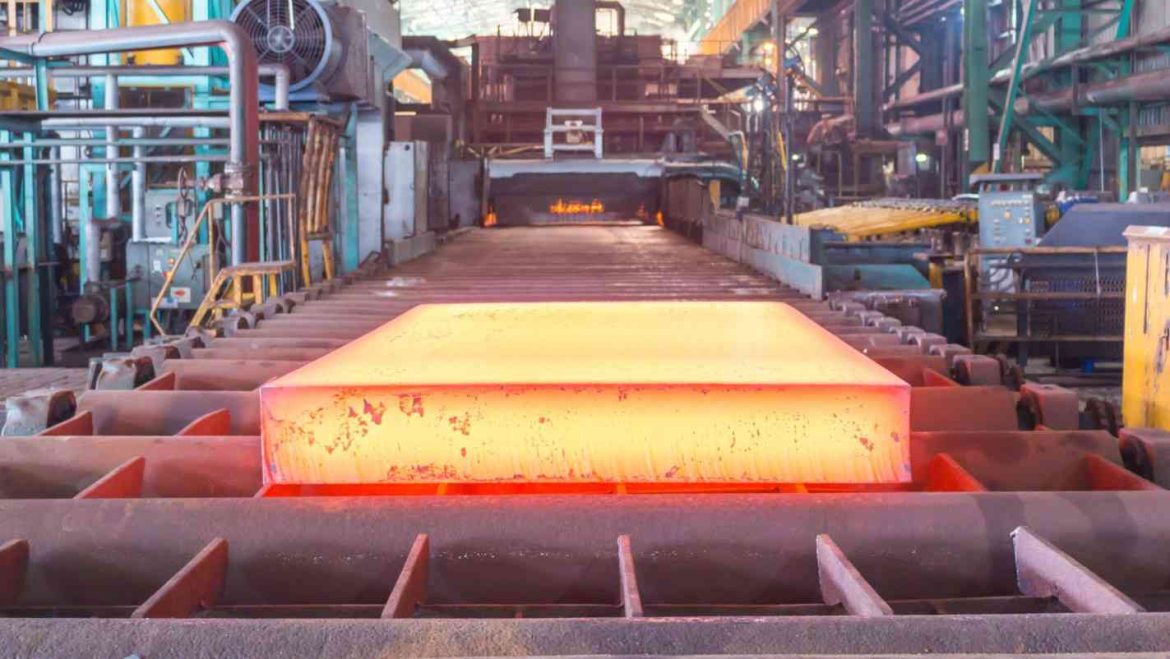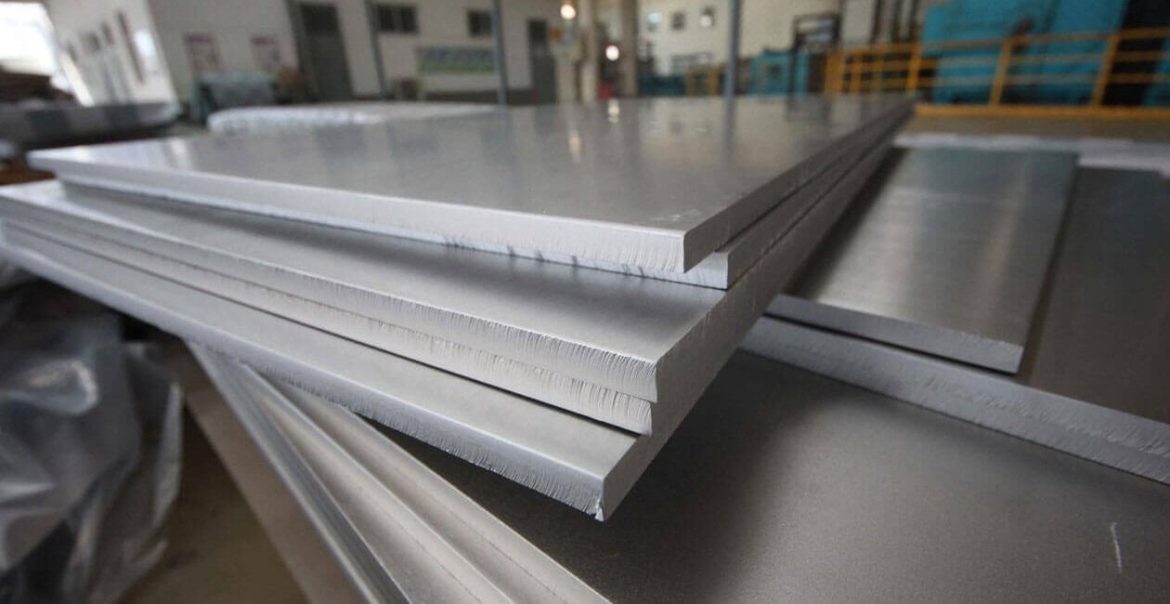As the most basic and best-selling section steel required for building construction, steel bars come in various types. As we mentioned in the previous article, steel bars are divided into three types: simple steel bars, ribbed steel bars and coiled steel bars. It can be said that the first characteristic and difference between steel bars is their size. Rebar is a profile with a circular cross-section and there are different types on the market. Generally, rebars are made of steel and they come in different varieties and have many uses in construction projects. You can use 6 types of rebar in your construction projects according to your needs.
- Sort rebar by gender
- European rebar
- Carbonized steel rod (steel rod with black bottom)
- Galvanized steel bars
- Epoxy-coated rebar
- polymer fiberglass rebar
- Stainless steel rod
Standard-based rebar classification
- Rebar (A1 (S240)) is simple rebar used for bending and welding. No. 8 to No. 10 rebars belong to this type.
- Reinforcing bar (A2 (S340): Known as spiral or spring rebar. The tread of this rebar is continuous in a spiral from the beginning to the end of the bar, with no breaks anywhere.
- Reinforcing bar (A3 (S400): It is a kind of ribbed steel bar, mainly a crossbar, which is the most widely used in construction operations.
- A4 rebar (S500): Due to its high strength, it is suitable for avoiding resource waste and saving engineering costs.
Use of different types of rebar 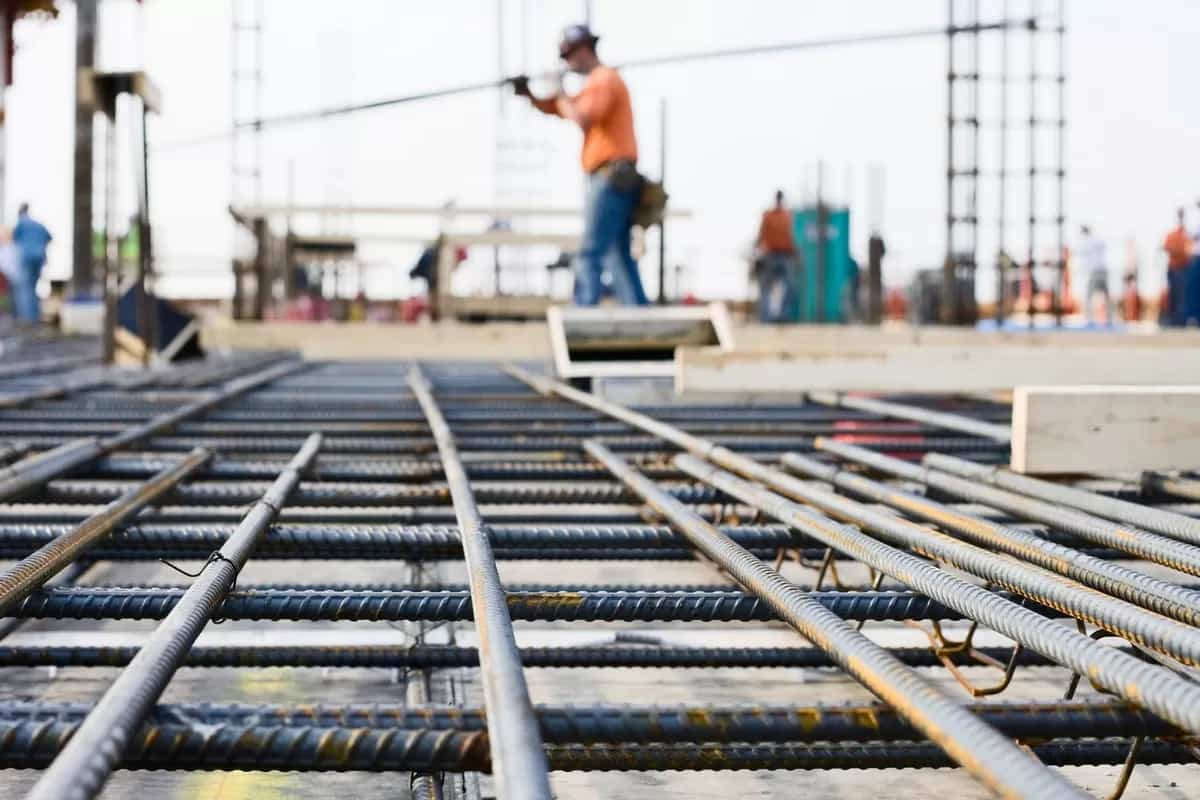 Simple and ribbed bars are the most used types of bars in industry and construction. The section steel takes on a large part of the task of bearing and transferring pressure. Many people think that steel bars are only used for columns, but this is not the case! Generally, steel bars are used to form buildings from the lowest point of the building in the foundation to the highest point in the columns. It is good to know that the rebar abbreviation is used to identify the manufacturer of this product, it consists of letters and numbers and is considered a generic ID for rebar. There is no doubt that choosing the best rebar is an important issue for those working in construction. simple rebar As you know, simple rebar is rebar with a smooth surface and no tread. Ordinary steel bars are usually supplied in diameters of 6 to 50 mm. Single rebar is easy to cut and bend, so this type of rebar is not used for the construction of bridges or other heavy structures. Among the most important uses of simple reinforcement are the following:
Simple and ribbed bars are the most used types of bars in industry and construction. The section steel takes on a large part of the task of bearing and transferring pressure. Many people think that steel bars are only used for columns, but this is not the case! Generally, steel bars are used to form buildings from the lowest point of the building in the foundation to the highest point in the columns. It is good to know that the rebar abbreviation is used to identify the manufacturer of this product, it consists of letters and numbers and is considered a generic ID for rebar. There is no doubt that choosing the best rebar is an important issue for those working in construction. simple rebar As you know, simple rebar is rebar with a smooth surface and no tread. Ordinary steel bars are usually supplied in diameters of 6 to 50 mm. Single rebar is easy to cut and bend, so this type of rebar is not used for the construction of bridges or other heavy structures. Among the most important uses of simple reinforcement are the following:
- building connection
- Manufacture of industrial parts
- car parts
- Infrastructure assemblies for roads and highways (when light metal cladding is required in the structure)
ribbed The ribbed rebar, widely used today, differs from plain rebar in that it has grooves and depressions in the surface. This problem results in this type of rebar having no wear problems and works well in concrete and steel. The most important role of ribbed steel bars is to increase the tensile strength level of concrete structures. Ribbed bars are produced in diameters from 6 to 50 mm. Thermax rebar is a ribbed rebar with high resistance. The use of this type of rebar in concrete structures, especially next to reinforced concrete (RCC), will result in high resistance. Among the most important uses of ribbed bars are the following: Used in various concrete structures such as bridges, BRT bus stations, buildings, towers, etc. In the steel structure, to strengthen the structure, make it anti-seismic, etc. The most important application of ribbed bars is the production of reinforced concrete. Concrete has a low tensile strength, so this weakness must be overcome by using other materials. Ribbed steel bars are the best option for reinforcing concrete against short-term damage. There are other different types of rebar and we will explain their purpose separately: European-style rods: These rods are usually made of manganese, and the main characteristic of this product is the ability to “bend”. European rebars are not suitable for use in areas subject to severe weather conditions such as earthquakes, hurricanes or tornadoes, but they are affordable. Full Carbon Steel Rebar: This type of rebar, also known as black rebar, is a suitable choice for wet weather conditions. In general, carbon steel rebar is the best grade for construction. Polymer Fiberglass Rebar: This type of rebar is used in a variety of projects due to its resistance to rust, sulfates, and chlorides. Epoxy-coated rebar: This type of rebar is more expensive and is used in areas that come into contact with salt water or are at risk of corrosion. The only problem is that the epoxy coating can be thin; therefore, it is best to buy this type of rebar from a reputable center. Galvanized rebar: It should be said that the corrosion resistance of galvanized rebar is forty times that of full carbon steel rebar, which is also the reason for its higher price.
Ribbed bars are produced in diameters from 6 to 50 mm. Thermax rebar is a ribbed rebar with high resistance. The use of this type of rebar in concrete structures, especially next to reinforced concrete (RCC), will result in high resistance. Among the most important uses of ribbed bars are the following: Used in various concrete structures such as bridges, BRT bus stations, buildings, towers, etc. In the steel structure, to strengthen the structure, make it anti-seismic, etc. The most important application of ribbed bars is the production of reinforced concrete. Concrete has a low tensile strength, so this weakness must be overcome by using other materials. Ribbed steel bars are the best option for reinforcing concrete against short-term damage. There are other different types of rebar and we will explain their purpose separately: European-style rods: These rods are usually made of manganese, and the main characteristic of this product is the ability to “bend”. European rebars are not suitable for use in areas subject to severe weather conditions such as earthquakes, hurricanes or tornadoes, but they are affordable. Full Carbon Steel Rebar: This type of rebar, also known as black rebar, is a suitable choice for wet weather conditions. In general, carbon steel rebar is the best grade for construction. Polymer Fiberglass Rebar: This type of rebar is used in a variety of projects due to its resistance to rust, sulfates, and chlorides. Epoxy-coated rebar: This type of rebar is more expensive and is used in areas that come into contact with salt water or are at risk of corrosion. The only problem is that the epoxy coating can be thin; therefore, it is best to buy this type of rebar from a reputable center. Galvanized rebar: It should be said that the corrosion resistance of galvanized rebar is forty times that of full carbon steel rebar, which is also the reason for its higher price.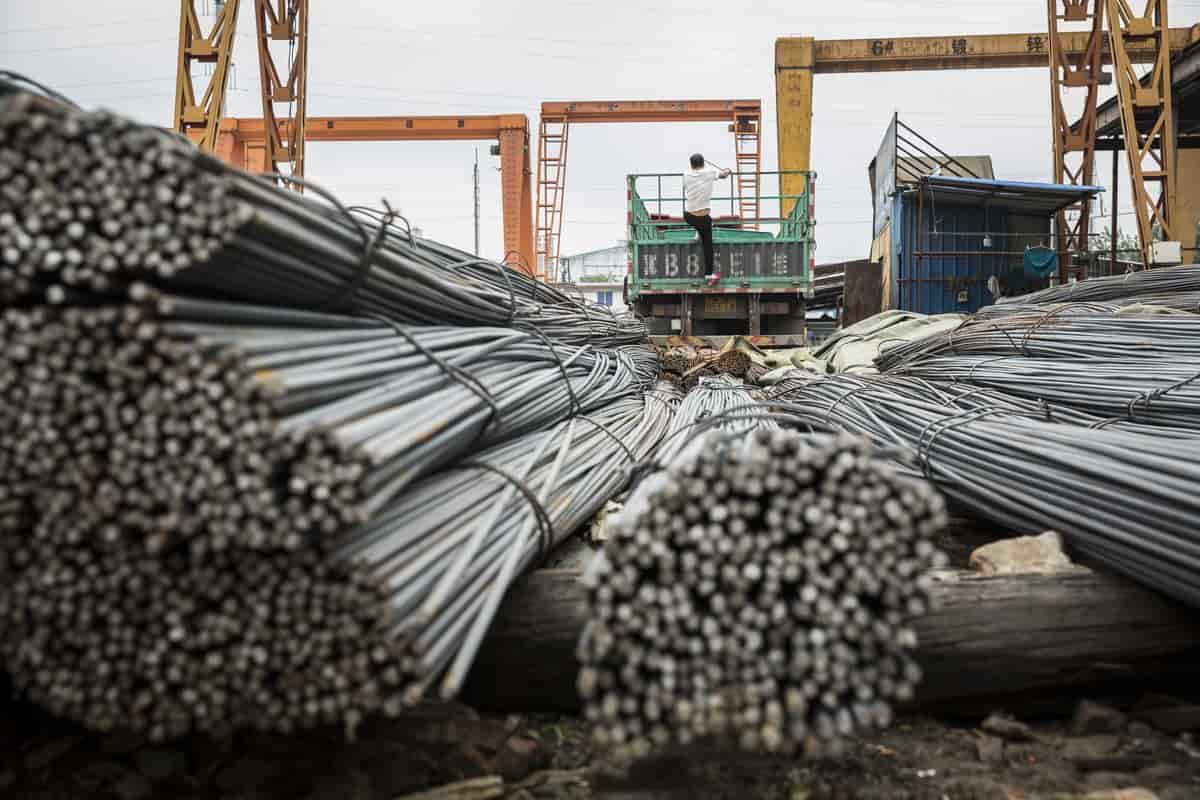 Stainless steel rebar: Stainless steel rebar is also the most expensive rebar in the Iranian market with 1500 times the corrosion resistance. Therefore, they are expensive to use in all but special cases. This type of rebar is widely used in networks, reinforcements, brackets and even forgings. The use of rebar is more popular than the existing types of rebar. In fact, it can be said that due to its many advantages, this kind of steel bar is considered to be one of the most basic and reliable building materials. Rebars play a vital role in creating resilient structures. Structural support: One of the main advantages of rebar is its support for various structures. Rebar can be used for foundations, columns, frames, wall coverings, etc. A steel bar is connected to several bars to make a frame that provides sufficient stability to the structure. The rebar’s special design and texture make it strong inside the concrete. high plasticity High ductility is another advantage of rebar. Formability is one of the most commonly used terms in construction materials. Ductility is the ability of a material to resist breaking after changing shape. Concrete alone cannot support the structure because the plasticity of concrete is very unlikely. As the plasticity becomes brittle, there is a greater chance of cracking and damage. Environmental changes are very effective on the brittleness of concrete. For example, if there is already moisture in the concrete, it will increase cracking in the aggregate and ultimately lead to physical failure of the concrete. Therefore, due to the high ductility of steel, its use in concrete helps to increase the ductility of the concrete. impact resistance Another advantage of rebar is its high impact resistance. The resistance of buildings to being affected is very important. If a building does not exhibit sufficient impact resistance, it can have problems both in appearance and performance.
Stainless steel rebar: Stainless steel rebar is also the most expensive rebar in the Iranian market with 1500 times the corrosion resistance. Therefore, they are expensive to use in all but special cases. This type of rebar is widely used in networks, reinforcements, brackets and even forgings. The use of rebar is more popular than the existing types of rebar. In fact, it can be said that due to its many advantages, this kind of steel bar is considered to be one of the most basic and reliable building materials. Rebars play a vital role in creating resilient structures. Structural support: One of the main advantages of rebar is its support for various structures. Rebar can be used for foundations, columns, frames, wall coverings, etc. A steel bar is connected to several bars to make a frame that provides sufficient stability to the structure. The rebar’s special design and texture make it strong inside the concrete. high plasticity High ductility is another advantage of rebar. Formability is one of the most commonly used terms in construction materials. Ductility is the ability of a material to resist breaking after changing shape. Concrete alone cannot support the structure because the plasticity of concrete is very unlikely. As the plasticity becomes brittle, there is a greater chance of cracking and damage. Environmental changes are very effective on the brittleness of concrete. For example, if there is already moisture in the concrete, it will increase cracking in the aggregate and ultimately lead to physical failure of the concrete. Therefore, due to the high ductility of steel, its use in concrete helps to increase the ductility of the concrete. impact resistance Another advantage of rebar is its high impact resistance. The resistance of buildings to being affected is very important. If a building does not exhibit sufficient impact resistance, it can have problems both in appearance and performance. 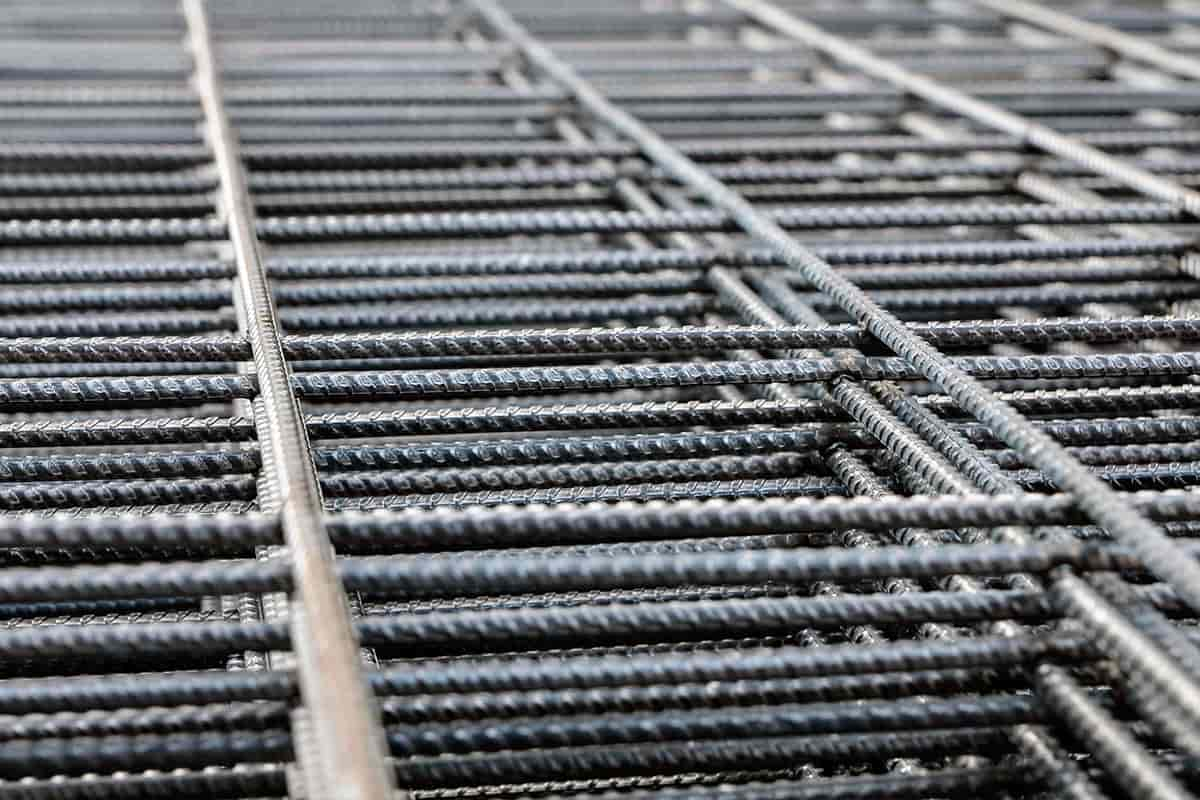 When rebar is used in combination with other building materials, it increases its impact resistance. If we take this advantage into consideration, a frame made using steel bars can greatly increase the resistance of a building when natural disasters such as earthquakes occur.
When rebar is used in combination with other building materials, it increases its impact resistance. If we take this advantage into consideration, a frame made using steel bars can greatly increase the resistance of a building when natural disasters such as earthquakes occur.
- rebar constructional applications in different countries
In different countries, the production standards for rebar are different, and each standard has a specific classification related to the mechanical properties of the steel and constructional applications. A-1 steel is of the smooth type, with yield stress and tensile strength of 2300 and 3800 kg/cm2 respectively. A-2 steel is a ribbed type with a yield stress of 3000 and a tensile strength of 5000 kg/cm2, while A-3 steel is a ribbed type with a yield stress of 4000 and a tensile strength of 6000 kg/cm2. Regarding the different steel bar diameters, the manufacturers’ standards are also different. Those that extend from foundation level and roof level all the way to the main and longitudinal bars of the column, with which they are connected, are called root waits and have a minimum measurement of 1/6 of the corresponding height of the floor per every waiting mess. Among other advantages of rebar, we can mention that it is easy to assemble compared to other rebars. No matter where the rebar is used, it can be easily assembled no matter what. Rebar can be easily transported and installed using off-the-shelf materials. There are two conventional techniques for making rebar frames, one is welding and the other is clamping. 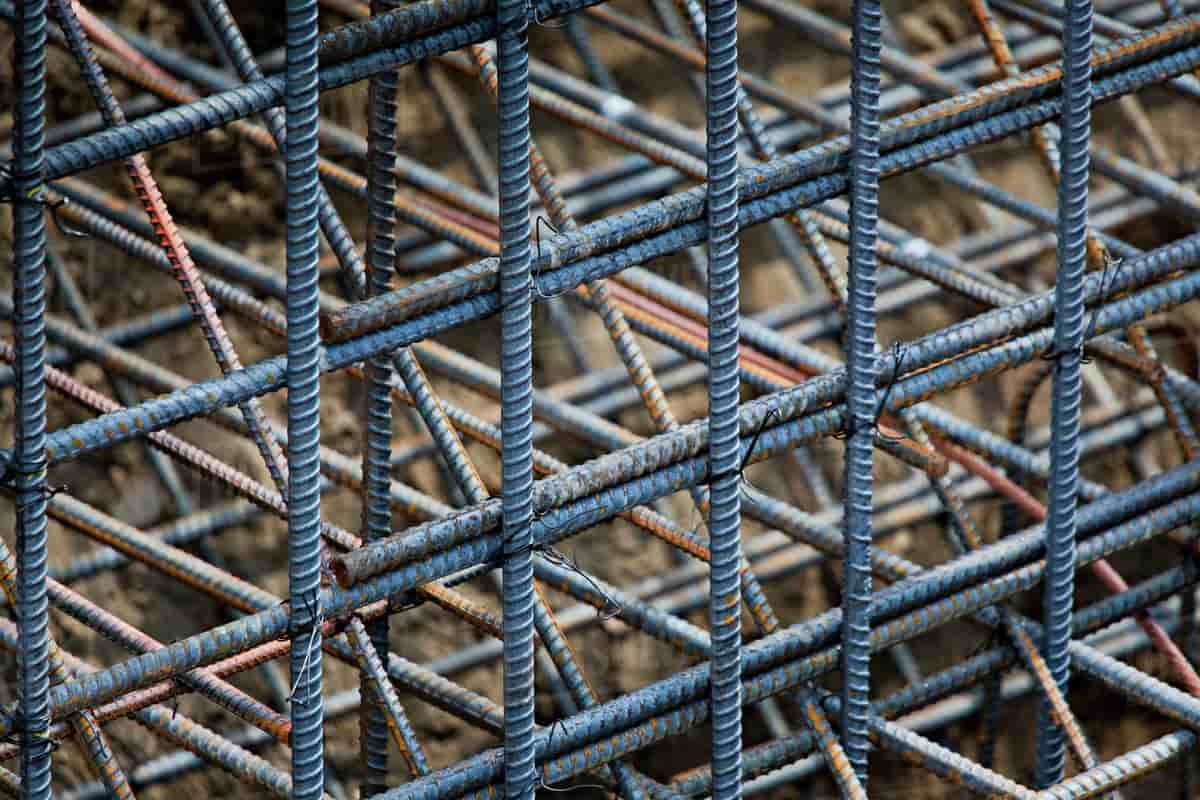 Depending on the properties of the rebar, the contractor can decide whether the frame can be done by welding or fastening, based on their expertise. Fastening is more popular and safer than welding methods, simpler materials are used for this, and assembly can be completed in a very short time. One of the main advantages of rebar is its reusability. It is on this basis that we can say that the use of this type of rebar is cost-effective because they can be reused many times without any particular change in their properties. All destroyed buildings have rebar that can be recycled and used. Reusing rebar can also save money. It is also efficient for the environment and minimizes waste associated with building materials. Reinforcing bars refer to steel bars. Around the turn of the 20th century, engineers discovered that steel and concrete had compatible rates of expansion and contraction (which exhibited inconsistent rates of expansion when water infiltrated a brick, froze, and quickly broke it). Because of this, engineers have discovered that they can take the best properties of concrete (compressive strength) and the best properties of steel (tensile strength) and combine them to create strong structures. Thus, reinforced concrete was born, and one of the important uses of rebar, also known as rebar, was born. In fact, the first use of rebar in building construction was about rebar. Rebar specifications To understand the purpose of rebar, it is necessary to know the properties of rebar. Here are some specifications of this steel product: The production method for rebar is generally hot rolling of various steel types. Most rebar is produced from rolled bars, but some rebar is produced from scrap.
Depending on the properties of the rebar, the contractor can decide whether the frame can be done by welding or fastening, based on their expertise. Fastening is more popular and safer than welding methods, simpler materials are used for this, and assembly can be completed in a very short time. One of the main advantages of rebar is its reusability. It is on this basis that we can say that the use of this type of rebar is cost-effective because they can be reused many times without any particular change in their properties. All destroyed buildings have rebar that can be recycled and used. Reusing rebar can also save money. It is also efficient for the environment and minimizes waste associated with building materials. Reinforcing bars refer to steel bars. Around the turn of the 20th century, engineers discovered that steel and concrete had compatible rates of expansion and contraction (which exhibited inconsistent rates of expansion when water infiltrated a brick, froze, and quickly broke it). Because of this, engineers have discovered that they can take the best properties of concrete (compressive strength) and the best properties of steel (tensile strength) and combine them to create strong structures. Thus, reinforced concrete was born, and one of the important uses of rebar, also known as rebar, was born. In fact, the first use of rebar in building construction was about rebar. Rebar specifications To understand the purpose of rebar, it is necessary to know the properties of rebar. Here are some specifications of this steel product: The production method for rebar is generally hot rolling of various steel types. Most rebar is produced from rolled bars, but some rebar is produced from scrap. 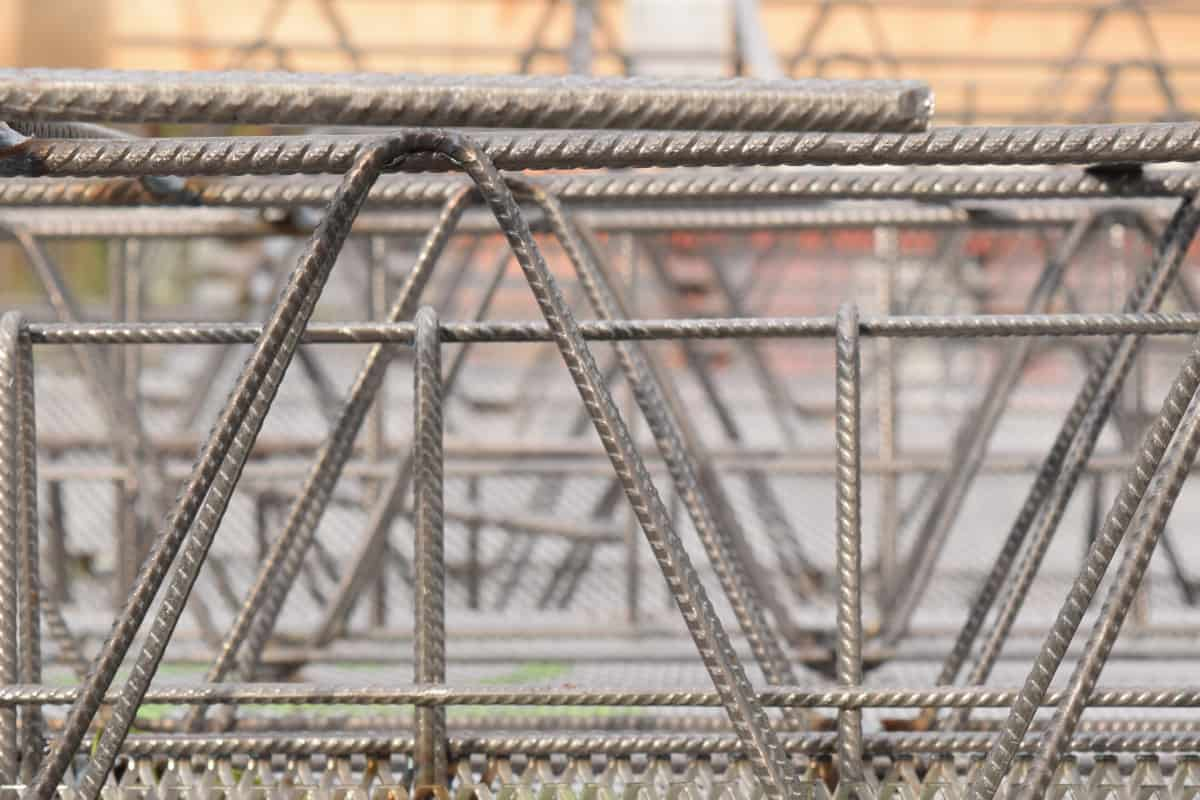 Rebars must have a specific specification to differentiate the factories that produce them. The American Society for Testing and Materials (ASTM) has established standard identification rules that all rebar must follow:
Rebars must have a specific specification to differentiate the factories that produce them. The American Society for Testing and Materials (ASTM) has established standard identification rules that all rebar must follow:
- Specifies a number for the rebar size.
- The type of steel symbol must be mentioned. For example, “N” represents bar rolled from a new billet, “W” represents weldable steel, and “A” represents shaft-rolled steel.
- Reinforcement grades should also be determined. This grade can be 60 or 75 or 420 or 520 and it specifies the strength of the reinforcement.
- Another logo is usually engraved on the steel bars as simple letters or symbols. This symbol introduces the rebar manufacturer.
What is the reason for using rebar in concrete? Reinforcing bars are used in concrete to increase the concrete’s tensile strength. Concrete has weak tensile strength, but high compressive strength. So the reason for using steel bars in concrete is to reinforce the structure. In addition, steel bars are used as steel bars in concrete due to their tensile strength at high temperatures. The importance of using rebar in construction In fact, rebar has a reinforcing effect in concrete, preventing it from breaking under the tensile forces that sometimes occur during earthquakes. If you want to build a structure with a concrete frame, rebar is more suitable than steel wire, fiberglass reinforcement and many other products on the market. The strength ratings of reinforced structures are much higher than the other products mentioned. Use of rebar in different qualities The qualities and standards of rebar produced in Iran are divided into 4 categories. A1 level Grade A1 rebar is a simple rebar on the market called S-240. A1 rebar is used for bending and welding and sizes 8 to 10 are usually this grade. Among other uses of this type of reinforcement, we can mention the use of block beam roofs as thermal reinforcement. Class A2 This rebar, known as tread 340, has a ribbed surface with a spiral or spring-like tread. That is why it is also called spiral steel rod. The application of A2 rebar is where bending of rebar is required (eg making Khamut, Rabbits and Chromite beams). A3 level A3 rebar is known on the market as AJ-400. This rebar, also known as janjaki, has a ribbed surface and a chest-shaped tread. From the application of A3 steel bars, we can refer to the manufacture of clay beams, concrete beams, metal skeletons, the manufacture of foundations and columns, etc. The presence of tread on the surface of this type of rebar increases the adhesion to cement. A4 level The A4 class is called AJ-500. The tread of this steel rod is designed as a figure eight, also known as compound ribbed steel rod. The most common application of A4 rebar is in reinforced concrete structures where the seismic resistance of buildings is the most important issue.
Use of rebar in different qualities The qualities and standards of rebar produced in Iran are divided into 4 categories. A1 level Grade A1 rebar is a simple rebar on the market called S-240. A1 rebar is used for bending and welding and sizes 8 to 10 are usually this grade. Among other uses of this type of reinforcement, we can mention the use of block beam roofs as thermal reinforcement. Class A2 This rebar, known as tread 340, has a ribbed surface with a spiral or spring-like tread. That is why it is also called spiral steel rod. The application of A2 rebar is where bending of rebar is required (eg making Khamut, Rabbits and Chromite beams). A3 level A3 rebar is known on the market as AJ-400. This rebar, also known as janjaki, has a ribbed surface and a chest-shaped tread. From the application of A3 steel bars, we can refer to the manufacture of clay beams, concrete beams, metal skeletons, the manufacture of foundations and columns, etc. The presence of tread on the surface of this type of rebar increases the adhesion to cement. A4 level The A4 class is called AJ-500. The tread of this steel rod is designed as a figure eight, also known as compound ribbed steel rod. The most common application of A4 rebar is in reinforced concrete structures where the seismic resistance of buildings is the most important issue.
